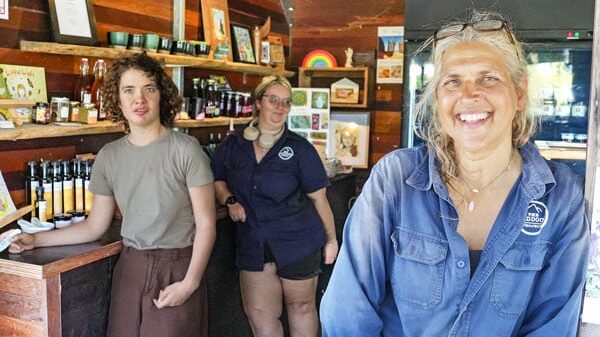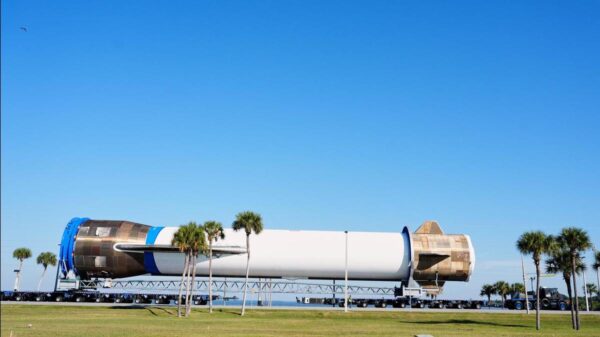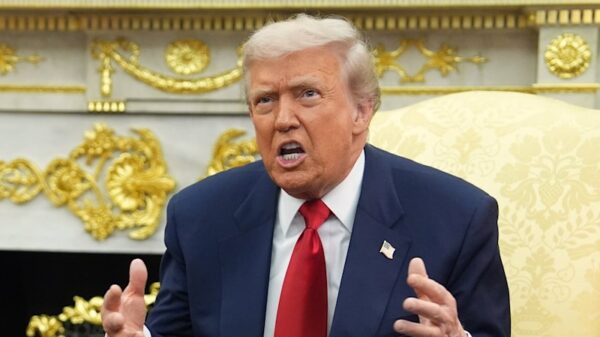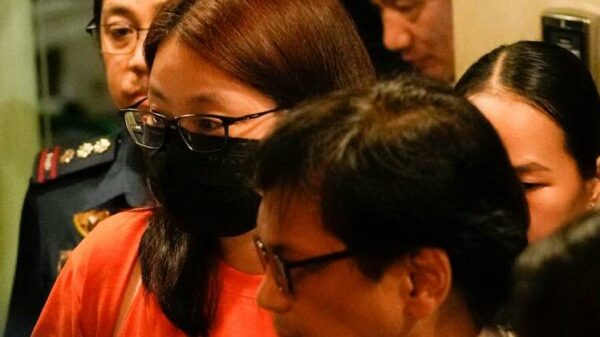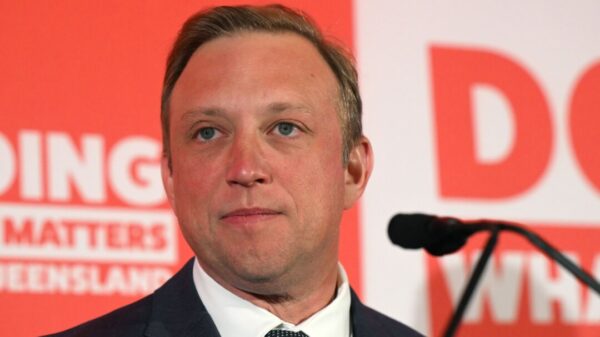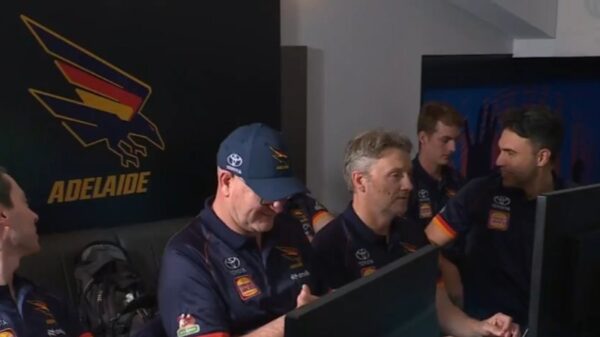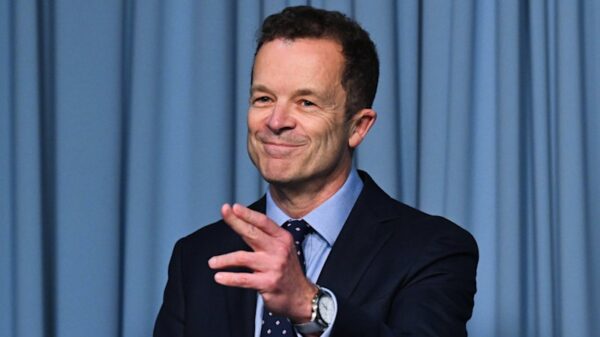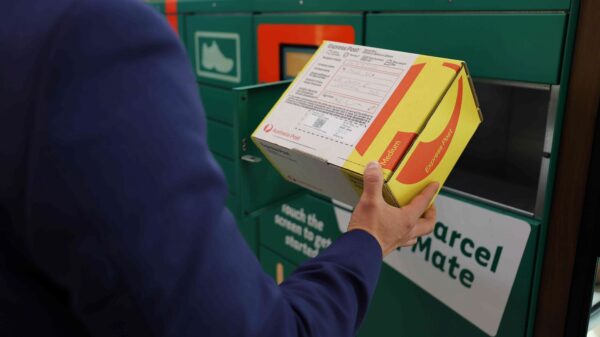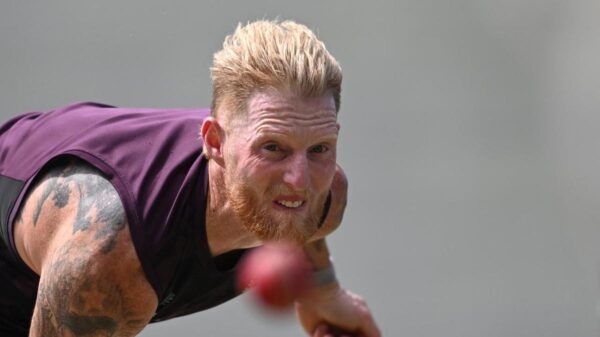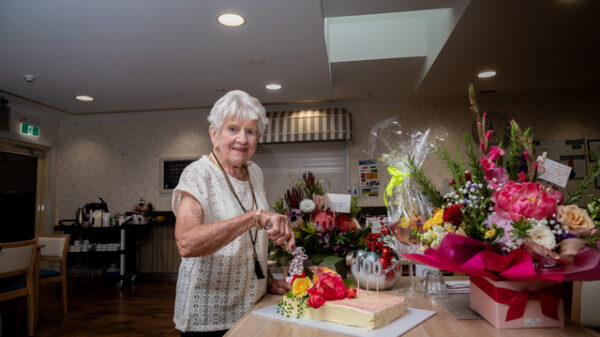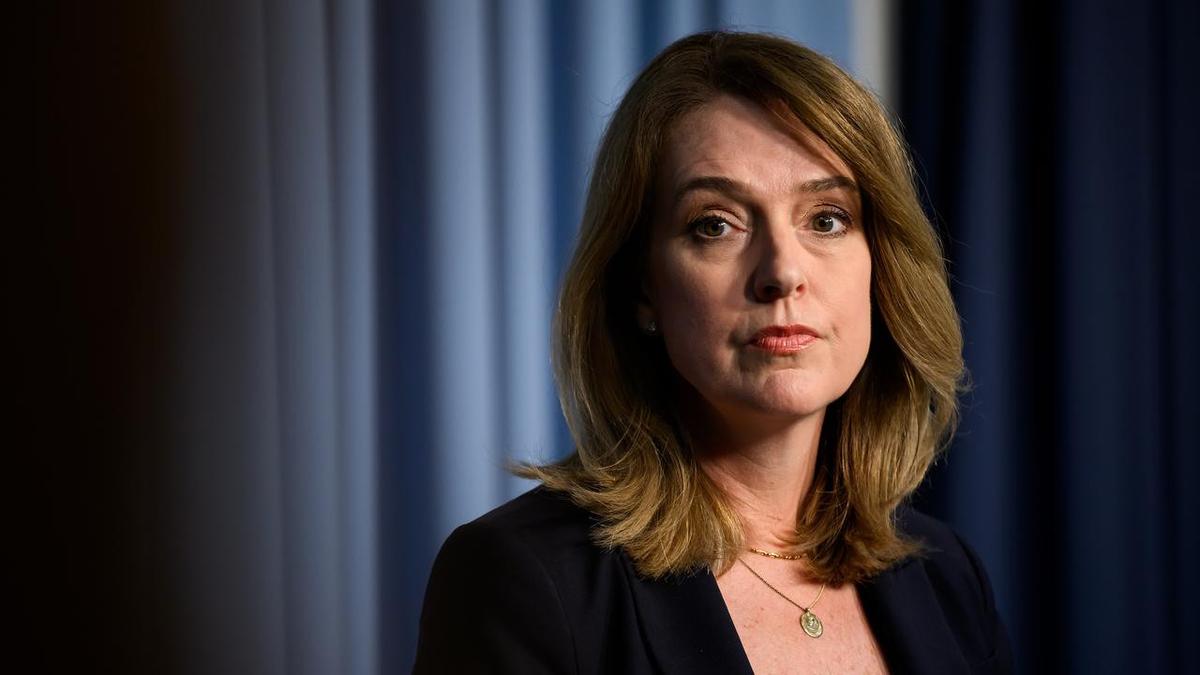UPDATE: Kellie Sloane, a first-term Liberal MP, is set to take the helm of her party as it grapples with a significant brand crisis. The announcement comes after Mark Speakman resigned under mounting pressure, confirming Sloane as the only candidate ahead of a pivotal partyroom meeting scheduled for Friday.
The urgency of this leadership change is palpable. As the coalition faces a steep uphill battle, new polls show the Labor Party leading by a staggering 59-41 margin in two-party preferred voting, as reported by DemosAU. With the next state election looming in 2027, the pressure is on Sloane to revitalize the party’s image and counteract the recent slump in public support.
Speaking before his resignation, Speakman acknowledged the “statistical unlikelihood” of a first-term opposition winning an election in New South Wales, highlighting the historical context where no first-term opposition has succeeded since the 1930s. This stark reality sets the stage for Sloane’s challenge as she steps into a role that many analysts believe requires more than just a change in leadership.
Election analyst Ben Raue expressed skepticism regarding the effectiveness of this leadership switch. He noted, “It’s a very easy mechanical change to make… but unless that is the specific reason why you’re unpopular, it’s not going to change anything.” Raue pointed out that the current polls reflect broader issues, including the government’s performance and internal conflicts within the party.
Sloane, a former TV news anchor elected in 2023, is seen as a capable challenger who could potentially reshape the party’s fortunes. Speakman lauded her as “an absolutely stellar performer” during her brief time in parliament, suggesting that her leadership could offer a robust challenge to the Labor government.
The urgency of her task cannot be understated. The NSW Liberals have been in disarray since their election defeat in May, facing criticism for their inconsistent policies, including a controversial backtrack on their commitment to a net-zero emissions strategy. In contrast, their federal counterparts have struggled to maintain a cohesive stance, further complicating the party’s public image.
As Sloane prepares to assume leadership, all eyes will be on the immediate reactions from party members and the public. The upcoming partyroom meeting will not only solidify her role but could also signal a shift in strategy moving forward. Observers are keenly watching to see if Sloane’s leadership can indeed pivot the party away from its current trajectory and towards a more favorable standing ahead of the crucial 2027 election.
This breaking news is developing, and further updates will follow as the situation unfolds. As the Liberal Party navigates these turbulent waters, the implications of Sloane’s leadership will resonate throughout the political landscape in New South Wales and beyond.

